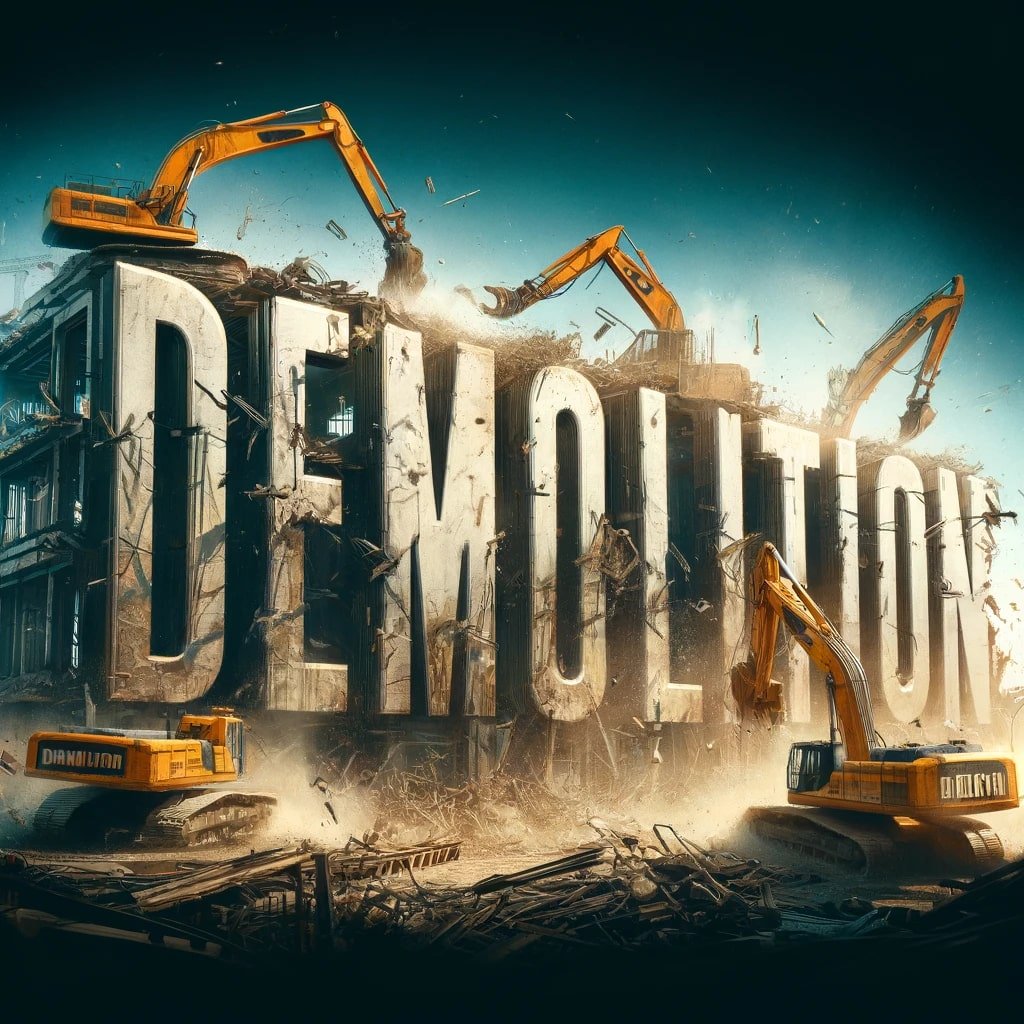Demolition is a complex process that requires precise planning, skilled labor, and, most importantly, the right equipment. Whether you’re tearing down an old warehouse to make way for new construction or dismantling a skyscraper, understanding the fundamental tools and machinery used in demolition can enhance safety, efficiency, and effectiveness. Here’s an essential guide to the main types of demolition equipment and what each is best used for.
Excavators
Purpose: Excavators are perhaps the most visible and versatile pieces of equipment on any demolition site. Equipped with various attachments, they can be used for pulling down structures, crushing concrete, and removing debris.
Types of Attachments:
-
Buckets for digging and removing earth
-
Hydraulic Breakers to break up concrete and asphalt
-
Shears for cutting through metal
-
Crushers for crushing building materials into manageable pieces
Bulldozers
Purpose: Bulldozers are powerful machines used for pushing large quantities of debris at demolition sites. They are especially effective in clearing land after a structure has been dismantled.
Key Features: Bulldozers come equipped with large, flat blades that can push large piles of earth and rubble. Some models also have ripper attachments to tear through hard earth and pavement.
Wrecking Balls
Purpose: Although less common today due to their lack of precision, wrecking balls are still used in some demolition projects. A wrecking ball is typically suspended from a crane and swung into buildings to break up large structures.
Considerations: The use of a wrecking ball requires careful calculation to ensure effective strikes while maintaining the safety of the structure and surrounding area.
Crushers and Pulverizers
Purpose: These machines are used to crush and grind concrete into rubble during demolition. Crushers and pulverizers can be standalone units or attachments to larger machinery like excavators.
Benefits: By reducing the size of the debris, these machines facilitate easier disposal and recycling, which can significantly reduce overall project costs.
Skid Steer Loaders
Purpose: Skid steer loaders are small, engine-powered machines that can be outfitted with various demolition attachments. Due to their compact size, they are particularly useful in tight spaces where larger machinery cannot operate.
Attachments Include:
-
Breakers to smash concrete
-
Wheel saws to cut through asphalt and concrete
-
Mulchers and grapples for clearing vegetation and smaller debris
Safety and Efficiency Tips
While having the right equipment is crucial, knowing how to use it safely and efficiently is equally important. Here are some tips:
-
Training: Ensure all operators are properly trained in the use of each piece of equipment.
-
Maintenance: Regularly inspect and maintain equipment to prevent malfunctions that could pose safety risks.
-
Planning: Carefully plan the demolition process to maximize the use of each machine’s capabilities.
-
Environmental Considerations: Whenever possible, choose equipment that minimizes environmental impact, such as electric or low-emission models.
Conclusion
The landscape of demolition equipment is vast and varied, with each piece of machinery tailored to specific tasks. Understanding the capabilities and proper use of each can lead to safer, faster, and more cost-effective demolition projects. Whether you’re an industry veteran or new to the field, keeping up with the latest in demolition technology and best practices is essential for anyone involved in the demolition process.



